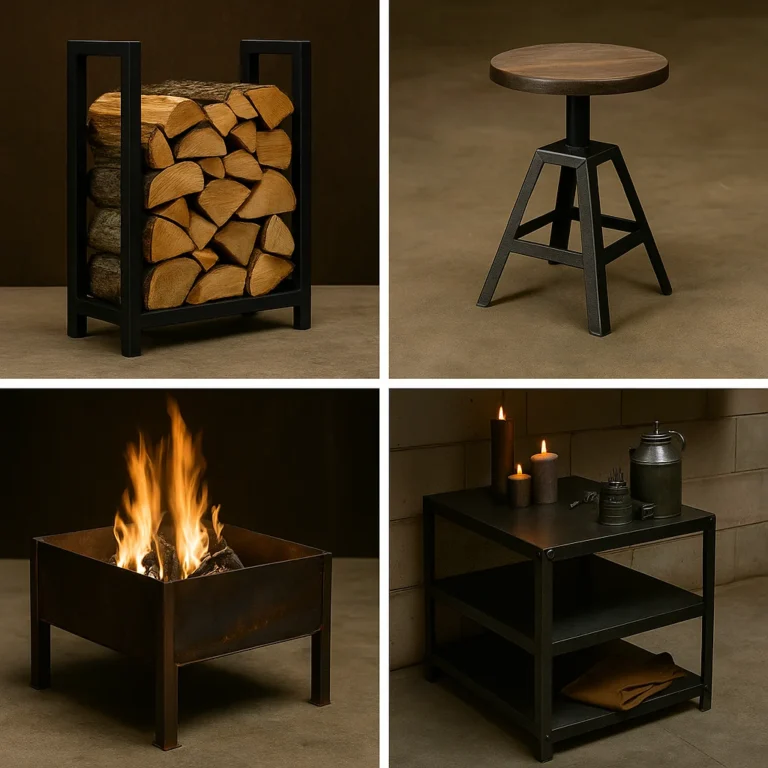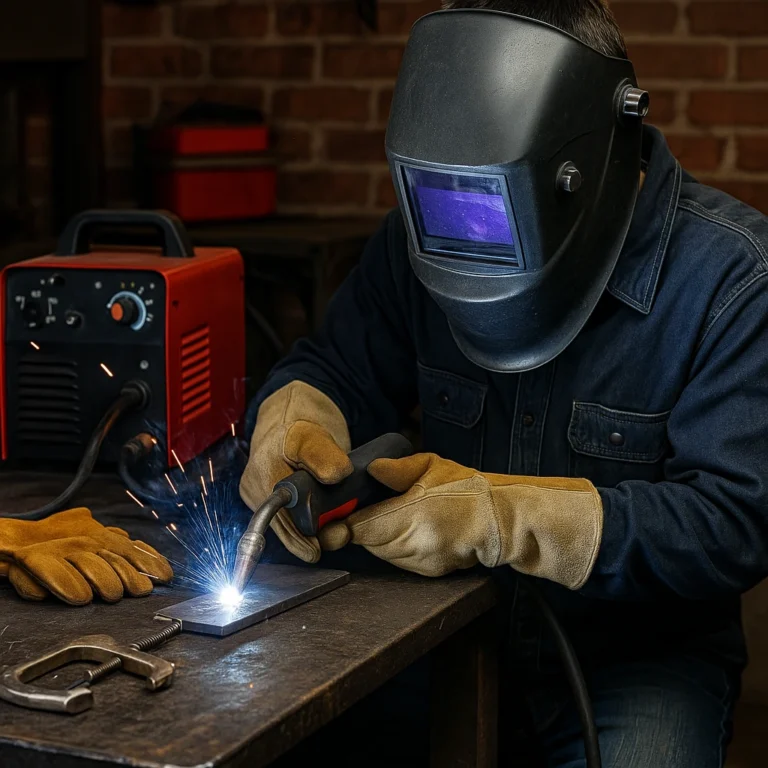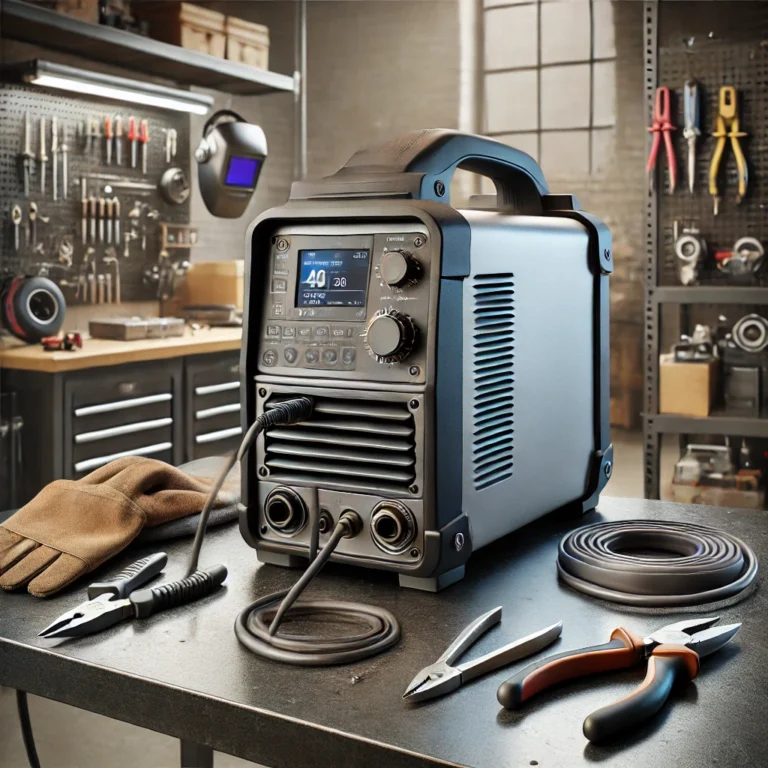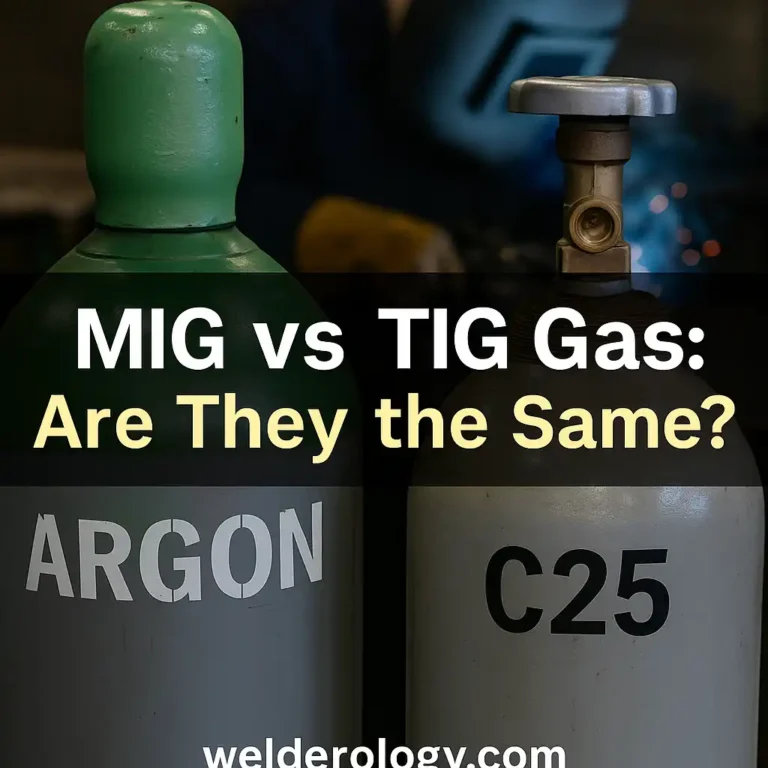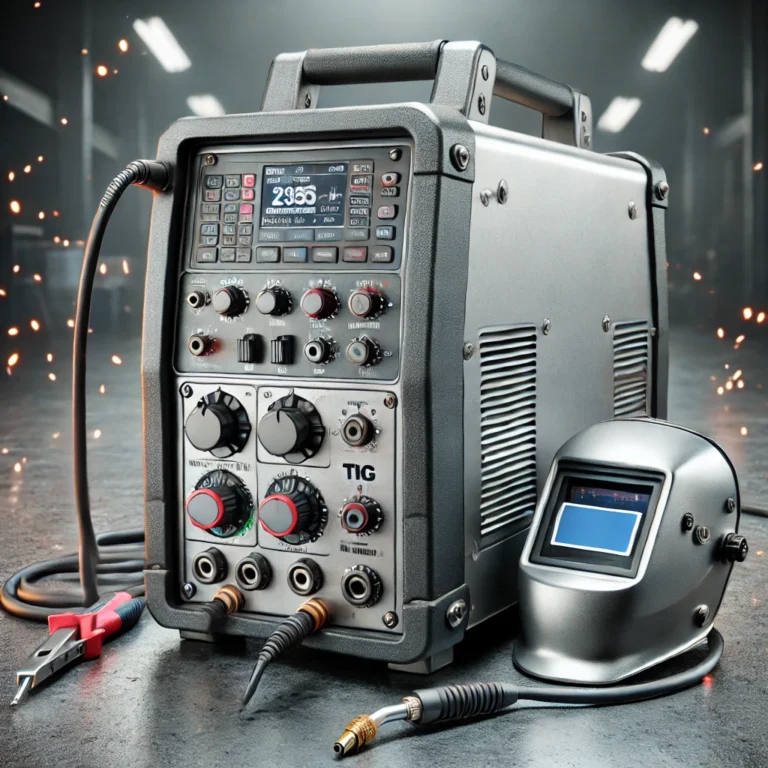Creative Easy Welding Projects: Inspiring Ideas with Images
Last Updated: August 6, 2025 Messy shop, leftover steel, and a welder that’s ready to roll? These easy welding projects give you something useful to build—without needing fancy gear or a full-blown fab shop. They’re great for sharpening your technique, getting used to your machine, and turning scrap into something solid. Want to double-check your…

